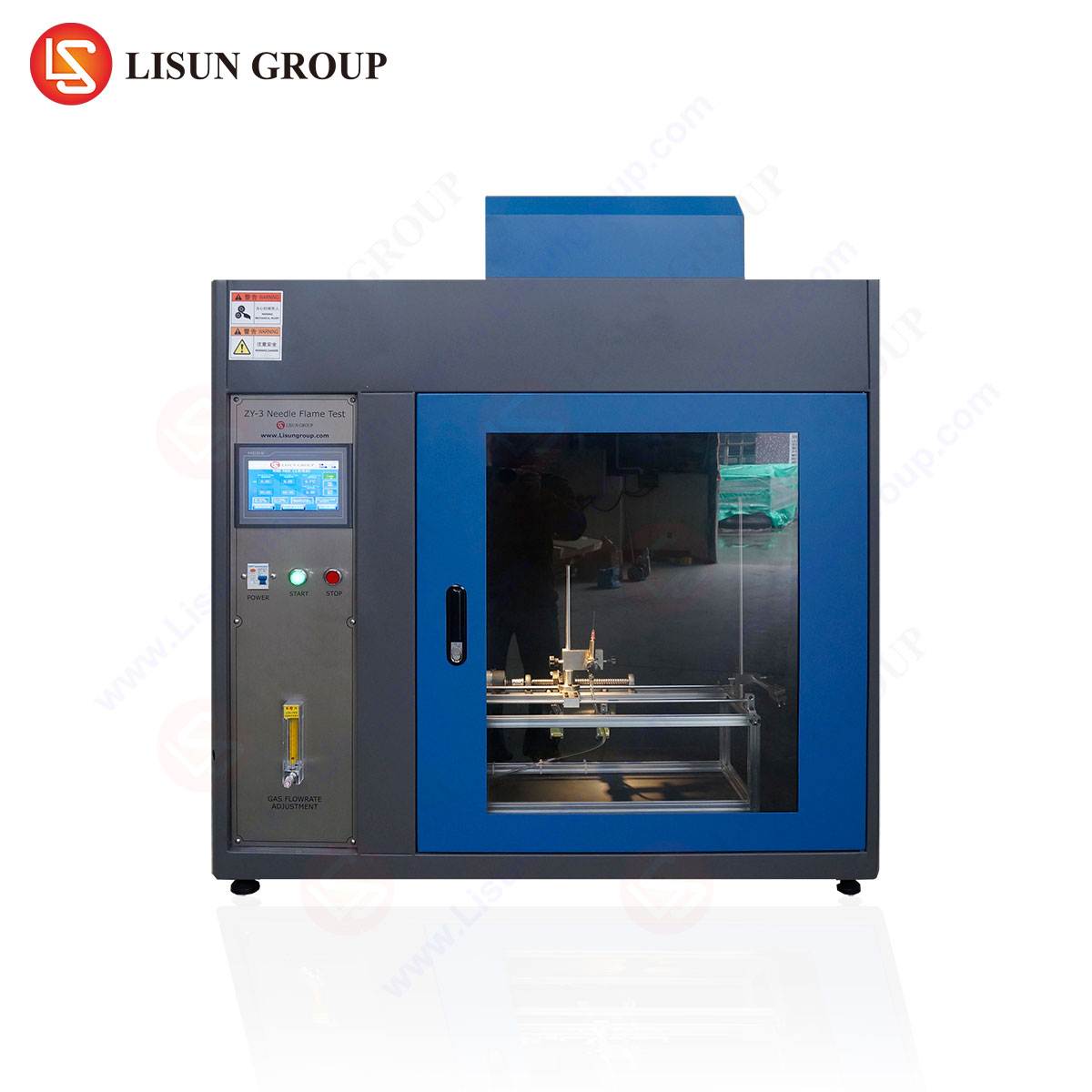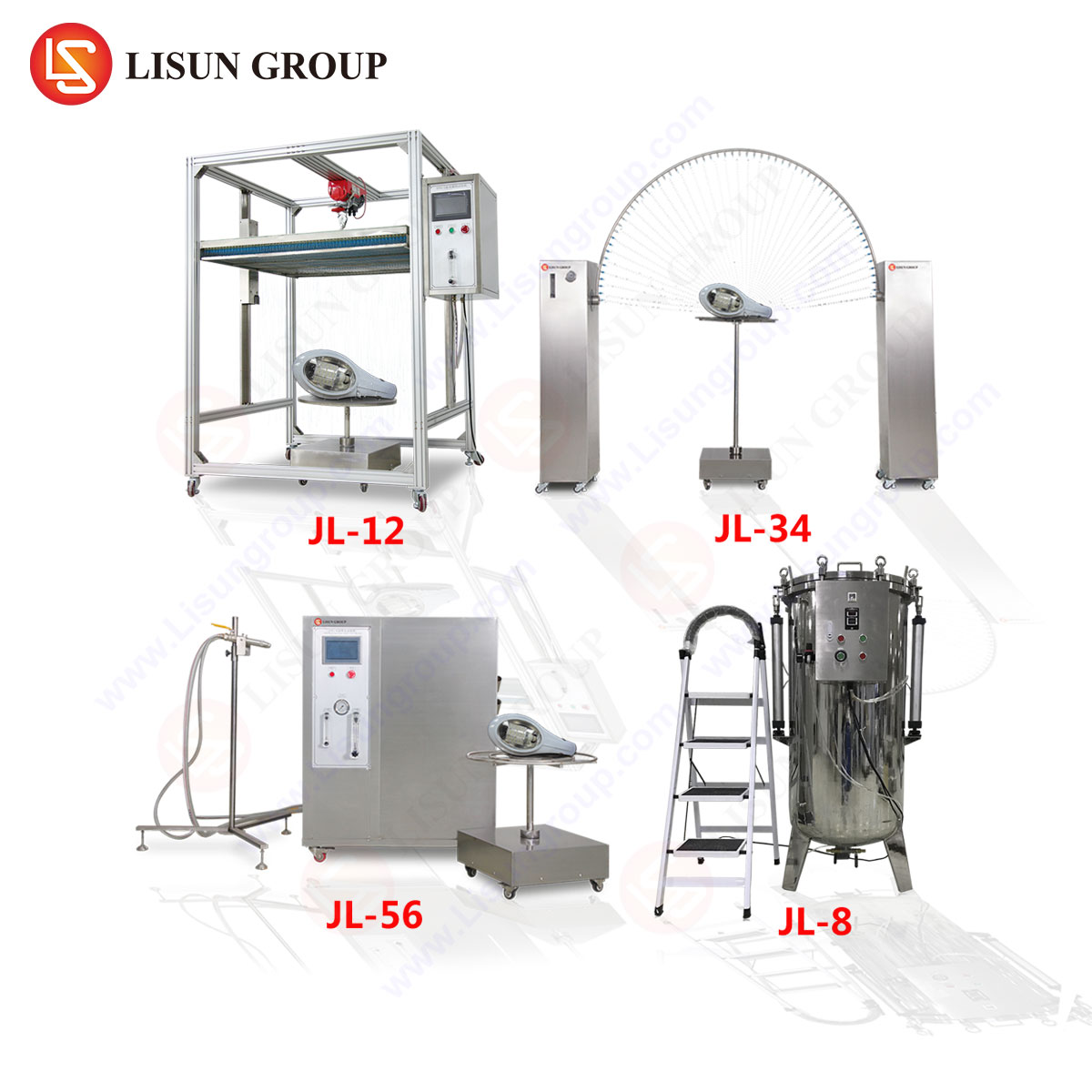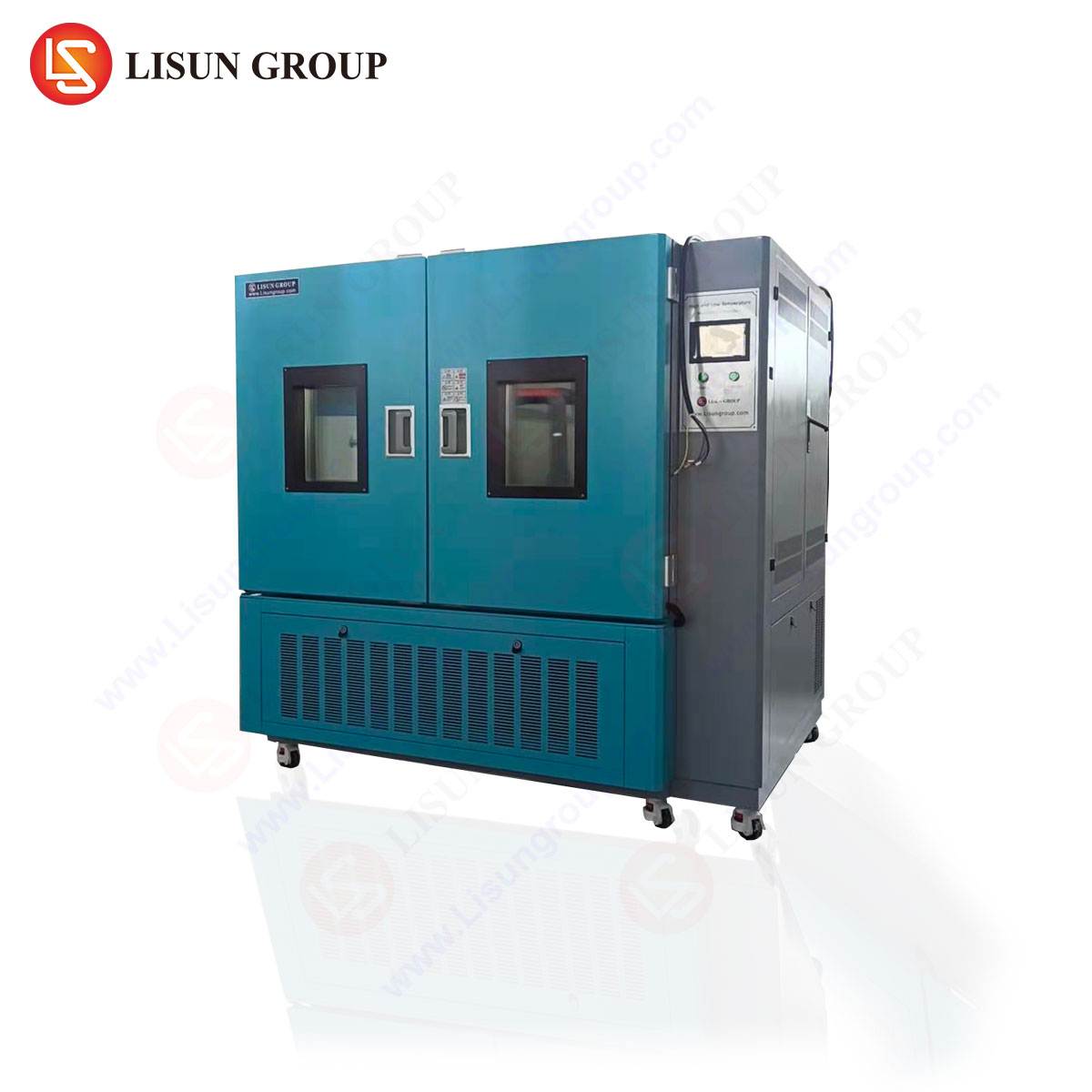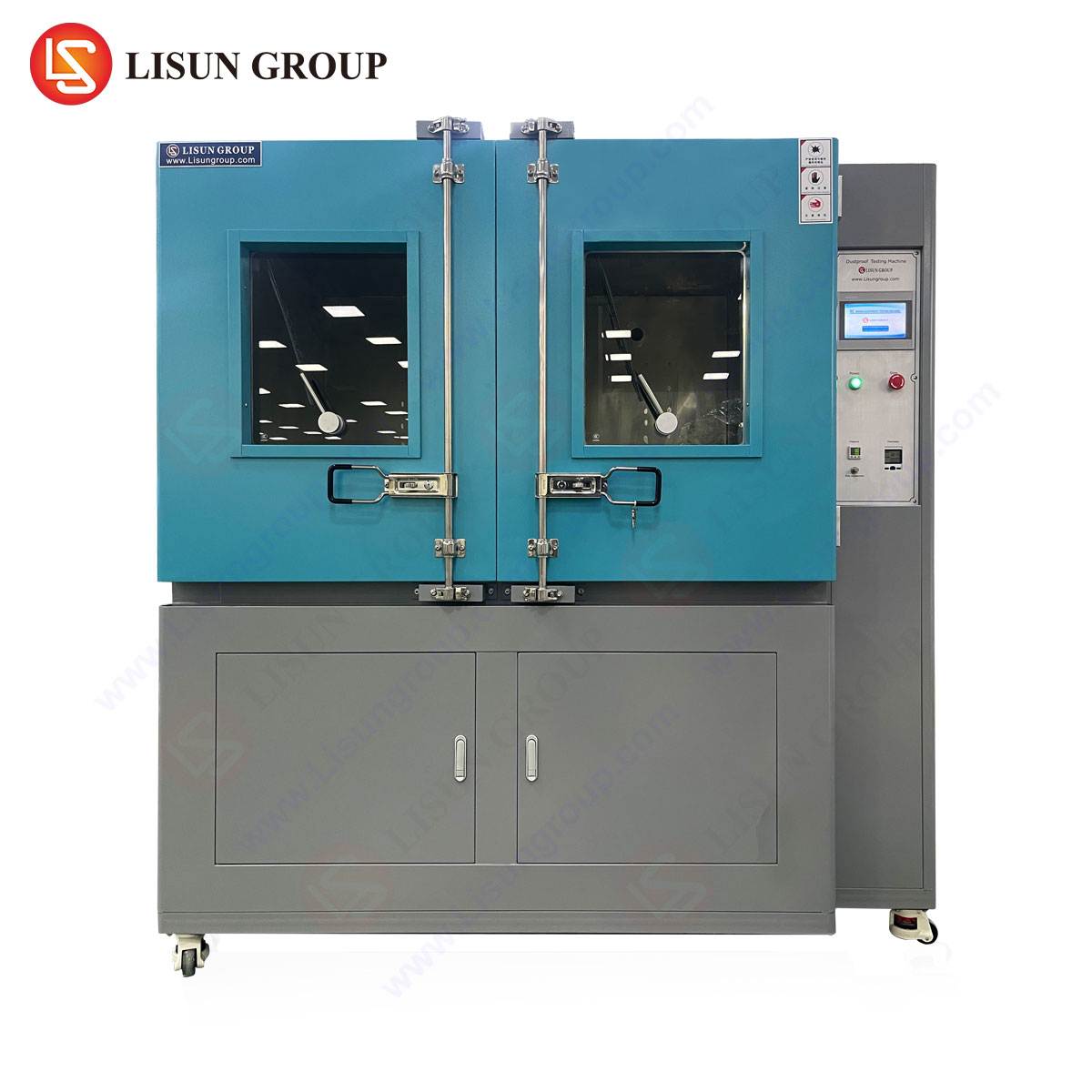Introduction to Fire and Flammability Testing in Modern Industries
Fire and flammability testing is a critical component of product safety evaluation across multiple industries, ensuring compliance with international standards and mitigating risks associated with ignition, flame propagation, and material degradation. The increasing complexity of electrical and electronic equipment, coupled with stringent regulatory requirements, necessitates precise and repeatable testing methodologies.
This article examines key flammability testing standards, focusing on the LISUN ZY-3 Needle Flame Test, its operational principles, and its role in validating material safety in sectors such as automotive electronics, medical devices, and telecommunications equipment.
Regulatory Framework and Key Flammability Testing Standards
Flammability testing is governed by a matrix of international standards, including IEC, UL, ISO, and GB directives. These standards define test conditions, specimen preparation, and performance criteria to assess material resistance to ignition and flame spread.
IEC 60695-11-5: Needle Flame Test Methodology
The IEC 60695-11-5 standard specifies procedures for assessing the flammability of small components subjected to a localized flame source. The test simulates fault conditions, such as electrical arcing or overheating, to evaluate whether a material sustains combustion or self-extinguishes within defined parameters.
UL 94: Vertical and Horizontal Flame Tests
UL 94 classifies materials based on their burning behavior, ranging from V-0 (self-extinguishing within 10 seconds) to HB (slow horizontal burn). This standard is widely adopted in household appliances, electrical components, and lighting fixtures.
ISO 9772: Flammability of Flexible Materials
ISO 9772 evaluates thin, flexible materials used in cable insulation, wiring systems, and aerospace components. The test measures flame spread rate and afterflame duration under controlled airflow conditions.
LISUN ZY-3 Needle Flame Test: Technical Specifications and Testing Principles
The LISUN ZY-3 Needle Flame Test Apparatus is engineered to comply with IEC 60695-11-5, GB/T 5169.5, and related standards. It applies a controlled 1mm diameter flame to test specimens, replicating small-scale ignition sources encountered in real-world failure scenarios.
Key Specifications
- Flame Height Adjustment: 12 ± 2mm, calibrated via precision gas flow control.
- Test Duration: Programmable exposure times (5–30 seconds) with automatic flame application.
- Temperature Range: Flame temperature of 1000°C ± 50°C, monitored via thermocouple feedback.
- Specimen Mounting: Adjustable夹具 for vertical or horizontal positioning, accommodating components up to 300mm in length.
Testing Procedure
- Specimen Preparation: Samples are conditioned at 23°C ± 2°C and 50% ± 5% relative humidity for 48 hours.
- Flame Application: The needle flame is applied to the specimen at a 45° angle for a predetermined duration.
- Observation: Post-ignition behavior is recorded, including afterflame time, glow persistence, and material dripping.
Industry Applications of Needle Flame Testing
Electrical and Electronic Equipment
In power supplies and circuit boards, the ZY-3 assesses the flammability of PCB substrates and insulating materials, ensuring compliance with IEC 62368-1.
Automotive Electronics
Components such as connectors and sensors are tested to meet ISO 20653 and LV 312-1, preventing flame propagation in confined spaces.
Medical Devices
The test validates the safety of polymer housings and cable insulation in defibrillators and patient monitors per IEC 60601-1.
Aerospace and Aviation
Cabin materials and wire harnesses are evaluated under DO-160 Section 26, ensuring flame resistance in high-oxygen environments.
Competitive Advantages of the LISUN ZY-3
- Precision Calibration: Integrated gas flow stabilization ensures consistent flame dimensions and temperature.
- Automated Compliance Reporting: Software generates test logs aligned with IEC 60695-11-5 documentation requirements.
- Modular Design: Optional accessories include specimen holders for irregularly shaped components, such as switches or sockets.
Data and Performance Metrics
| Parameter | LISUN ZY-3 Value | Industry Requirement |
|---|---|---|
| Flame Temperature | 1000°C ± 50°C | 950°C–1050°C |
| Afterflame Tolerance | ≤ 30s | ≤ 30s (IEC 60695) |
| Specimen Size Capacity | 300mm × 300mm | 250mm × 250mm (Typ.) |
Frequently Asked Questions
Q1: How does the ZY-3 address false positives in flammability testing?
The apparatus incorporates a thermocouple-stabilized flame to eliminate temperature deviations, while automated cutoffs prevent operator-induced errors.
Q2: Can the ZY-3 test materials with uneven surfaces?
Yes, adjustable夹具 accommodate textured or curved specimens, such as cable conduits or molded plastic housings.
Q3: What industries mandate needle flame testing?
Electrical components (IEC 60695), automotive (ISO 20653), and aerospace (DO-160) sectors require adherence to localized flame tests.
Q4: How does the ZY-3 compare to horizontal flame testers?
Unlike horizontal testers, the ZY-3 simulates pinpoint ignition sources, making it suitable for small components prone to electrical faults.
Q5: Is the ZY-3 compatible with third-party calibration standards?
Yes, the device supports NIST-traceable calibration for audit compliance.







